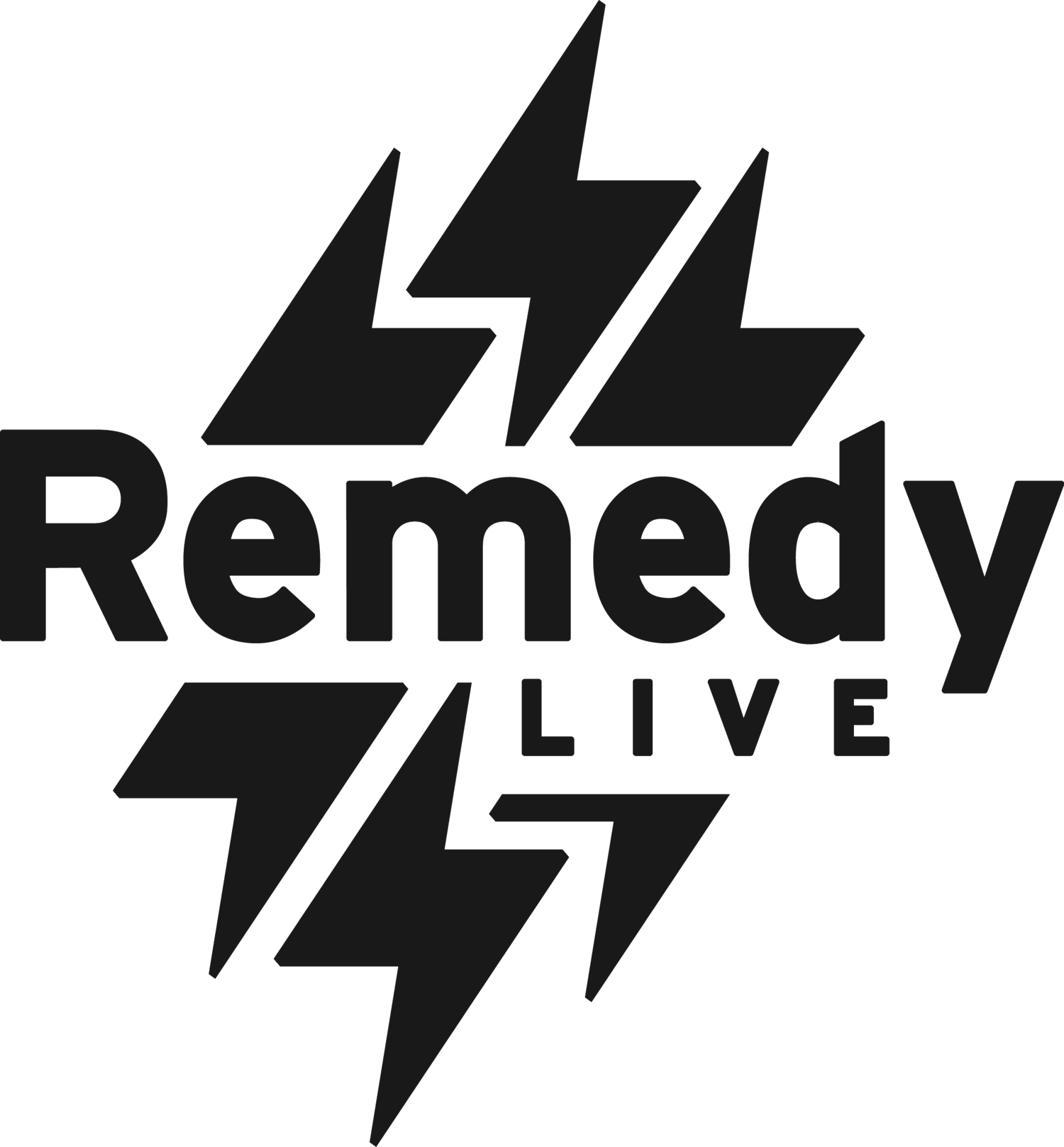Sugar
Have you ever had a bad day and felt the overwhelming urge to eat a donut? Or maybe ice cream? Just spoonful after spoonful straight from the carton. I have a feeling I’m not alone when it comes to using comfort foods to help me cope on occasion. Unfortunately, grabbing some chocolate chips from the chocolate chip jar that we keep in the pantry is far easier than making my other favorite comfort food: shepherd's pie loaded with creamy mashed potatoes and homemade gravy. YUM!
Now that I’ve got you all good and hungry (sorry!), let’s talk about why so many of us crave sugar when we’re feeling low and what that sugar does to us in the long term. The good news is that your brain actually needs sugar (also referred to as glucose) in order to function. When you don’t have enough sugar/glucose, hypoglycemia can occur. This leads to a loss of energy, lower brain function, and poor attention (Edwards, 2016). The key is to try to hit a happy medium, to find the balance between too much sugar and too little AND to try to keep the source of your sugar as healthy as possible (example: eating an apple which has naturally occurring sugars vs. a big ol’ slice of cake).
So what happens when there is too much sugar in your diet? Well, a lot. Too much sugar can affect your mood, weaken your body’s ability to cope with stress, and increase your risk for developing depression. Cutting back on sugar can trigger withdrawal symptoms like anxiety, irritability, confusion, and fatigue (Lindberg, 2020).
Sugar is sneaky too! It’s hiding in all kinds of places where you wouldn’t expect it. Places like salad dressings, ketchup, non-dairy milks, yogurt, energy drinks, or granola bars. If you want to get serious about cutting back on sugar, you’ll want to get into the habit of reading the ingredient list on pretty much everything. Unfortunate but true.
One of the benefits of making food for yourself at home is that you have much more control over how much sugar goes into something. A drink purchased at the coffee shop, for example, may have a predetermined amount of sugar in the mix plus whatever sugar is in any flavored syrup you choose to have added. Compare that to a drink made at home where you can brew the coffee or tea yourself and only add exactly the amount of sugar that you want. Plus it saves money!
To cut back on sugar, try to eat as many whole foods as possible. A whole food is one that is not manipulated or processed at all. This means reaching for fresh fruit instead of that pop tart for a snack. It might be a little rough at first to transition away from consuming as much sugar but like many hard things, it’s worth the work. I promise, your body and your brain will thank you!
References:
Lindberg, S. (2020). Your anxiety loves sugar. Eat these 3 things instead. Healthline. Retrieved from https://www.healthline.com/health/mental-health/how-sugar-harms-mental-health#depression-risk.
Edwards, S. (2016). Sugar and the brain. Harvard Medical School. Retrieved from https://hms.harvard.edu/news-events/publications-archive/brain/sugar-brain.
Challenges/Points:
Your brain needs sugar/glucose but too much or too little can both cause problems.
Some of the side effects of consuming too much sugar are mood changes, difficulty focusing, less ability to cope physically with stress, and an increased risk of depression.
Cutting back on sugar can be difficult at first but once you get over the withdrawal system, your body will feel so much better.
Questions:
Want to dive deeper into today’s topic? Participate in this short questionnaire!
First, answer 3 opt-in questions, then dive into 2-3 topic-related questions to spark your thinking!
To talk more about this or something else on your mind text the number 494949 to chat with our team or visit RemedyLIVE.com/chat anytime, day or night.
Did someone send you this post, and you want to subscribe to our free self care guide? Text CARE to 494949 to receive daily posts.


